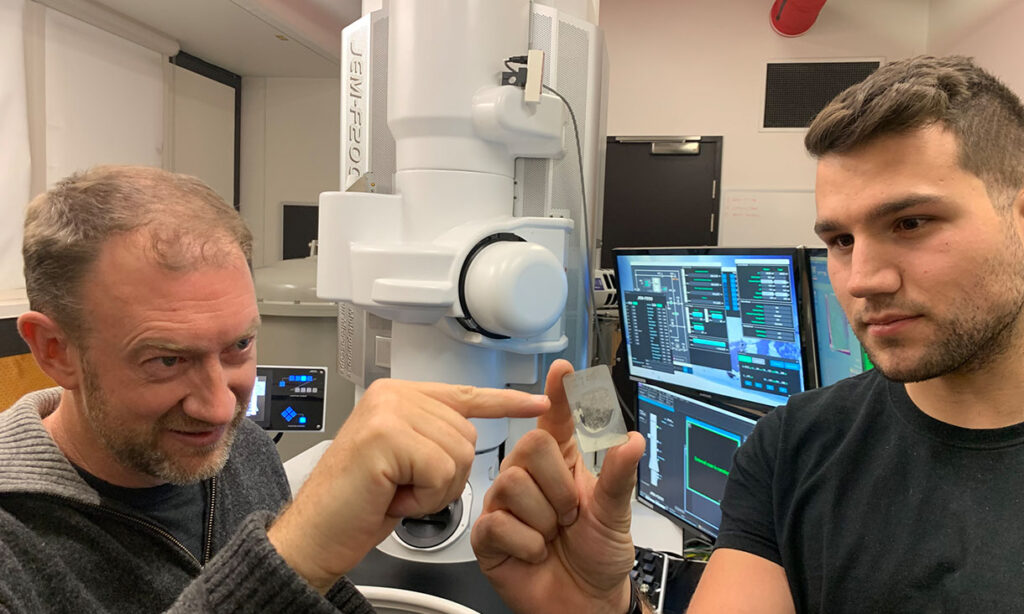
Analyzing tiny crystals is a great way to understand the conditions under which a crystal formed, especially if you can analyze gas pockets locked within the crystal. And now a team of researchers has found rare hexagonal diamonds called lonsdaleite inside a particular type of meteorite called a ureilite. We’ve talked about these particular meteorites before in the context of finding even wilder carbon molecules called Buckyballs.
According to the new paper published in the Proceedings of the National Academy of Sciences (PNAS), these strange diamonds may even have had an even wilder extraterrestrial origin than a simple asteroid. The scientists involved found that the diamonds may have formed in the very early days of our solar system, about 4.5 billion years ago. Even wilder, are the circumstances under which they formed. Co-author Dougal McCulloch explains: There’s strong evidence that there’s a newly discovered formation process for the lonsdaleite and regular diamond, which is like a supercritical chemical vapor deposition process that has taken place in these space rocks, probably in the dwarf planet shortly after a catastrophic collision.
And they used a similar process in the lab to grow similar diamonds, using a specialized chamber. Lead author Andrew Tomkins explains: …the team proposed that lonsdaleite in the meteorites formed from a supercritical fluid at high temperature and moderate pressures, almost perfectly preserving the shape and textures of the pre-existing graphite. Later, lonsdaleite was partially replaced by diamond as the environment cooled and the pressure decreased.
The team hopes that this process can be used to manufacture incredibly hard but tiny machine parts for various industries.
And to think… all this amazing science came from microscopic crystals in old rocks.
More Information
RMIT University press release
“Sequential Lonsdaleite to Diamond Formation in Ureilite Meteorites via In Situ Chemical Fluid/Vapor Deposition,” Andrew G. Tomkins et al., 2022 September 12, PNAS




 Join the Crew!
Join the Crew!
 Escape Velocity Space News
Escape Velocity Space News
0 Comments